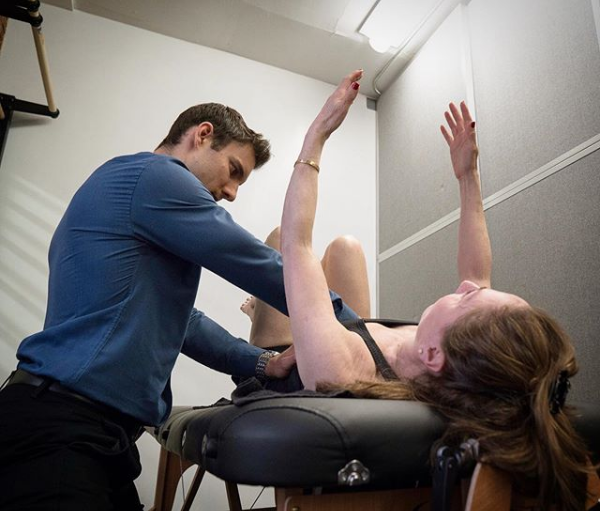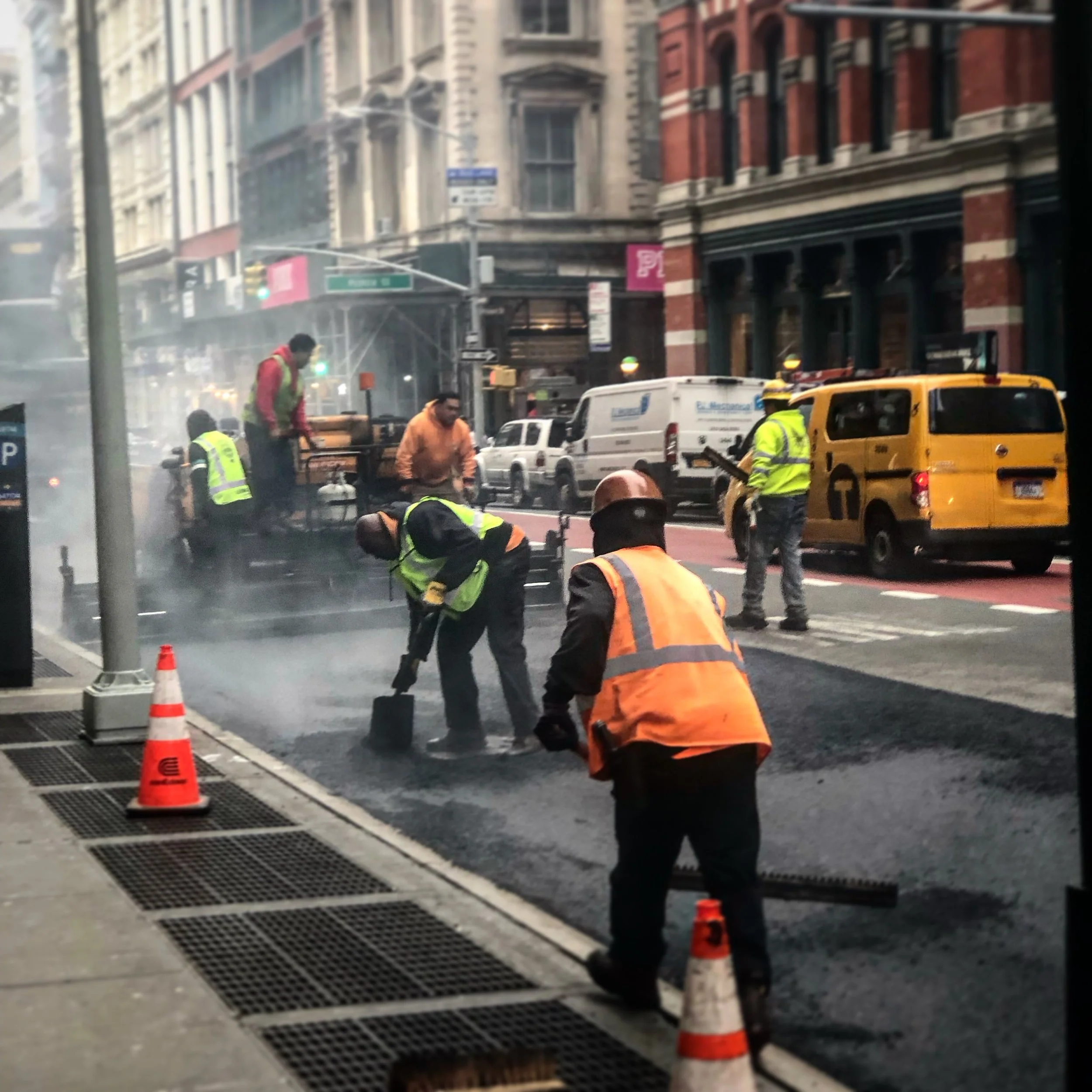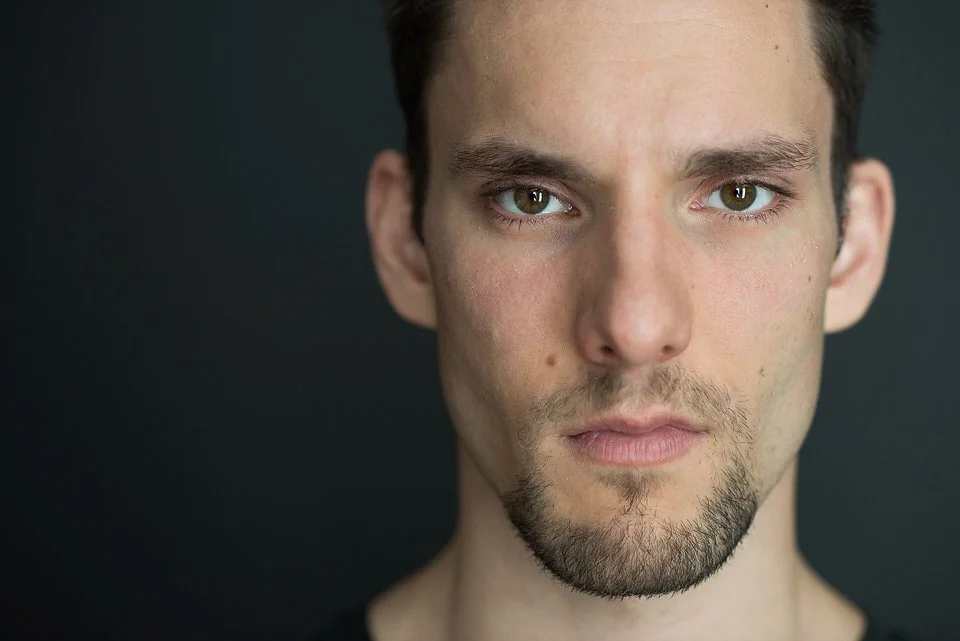When it comes to anxiety, sometimes it’s helpful to remember that, for all our innovation and genius, we are still just fancy animals.
Read MoreSomatic Experiencing is a body-oriented approach to the healing of trauma and other stress disorders. It was developed by Dr. Peter A. Levine through his multidisciplinary study of stress physiology, psychology, neuroscience, indigenous healing practices, and medical biophysics; with over 45 years of successful clinical application.
Read MoreI love this picture of the helmet from my motorcycle crash in 2018. There is so much to see in the image.
Read MoreIf I were to sum up my practice, this would pretty much be it. Change needs to be experienced directly through the body and mind together in order to be strong enough to grow in the individual.
Read More“No matter how much wealth is generated in the world, the quality of our lives is determined by the quality of our character; and the quality of our character is determined by our relationship to our pain.” -Mark Manson.
Read MoreThe purpose of memory is not to remember the past, but to extract out lessons and apply them to the future.
When I was 22 I worked on a construction site for a huge, 300,000 sq/ft. Walmart. My young, dumb, non-union ass was employed to do all manner of things - from transplanting grown trees without a fork lift (it would cost the company $50 just to get the union operator to turn the key, so... you’re up, kid) to installing irrigation systems for the new sod that had no business being there. It was a long haul.
This summer, I hit a deer while riding my motorcycle. It jumped out in front with no time to react or register much of anything before being thrown from the bike. Hitting a deer on a motorcycle is a more... visceral experience than in a car. I slid forearm, shoulder, face before coming to a stop and looking behind me for the deer; which had taken off into the woods.
Read More“Science tests the objective validity of assumptions, but what makes therapy effective is deep, subjective resonance and that deep sense of truth and veracity that lives in the body.” - Tina Packer.
Read MoreSometimes it feels impossible to change a pattern, no matter how much we understand it. It’s fascinating that within the brain, our rational thinking/understanding area (dorso-lateral prefrontal cortex) has no direct connections to the powerful emotional center connected to behavior (amygdala). But, the area associated with the ability to be self-aware and feel what we are feeling (medial prefrontal cortex) does.
Read MoreRehabilitative exercise is the breadcrumb trail from where you are now back to a more natural and efficient way of moving your body. Movement is complicated. The sheer number of dynamic processes that take place even during the simplest of movements is mind boggling. Rehabilitative exercise aims to set the complexity, number of focal points, and overall difficulty of a movement pattern to the proper amount for your specific case. This allows your body to be challenged enough to adapt, but not overloaded; which shuts down the learning process.
Read More









